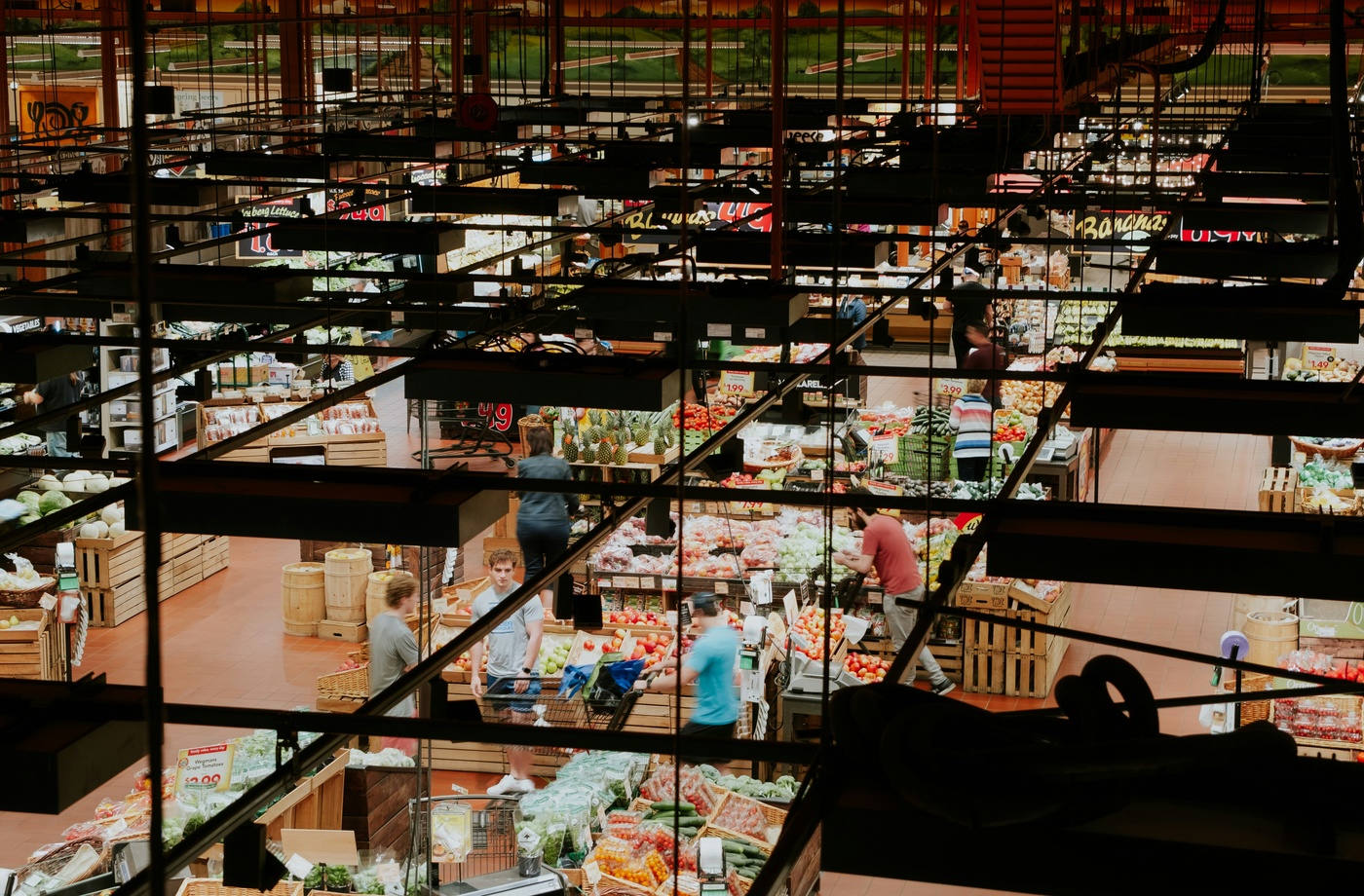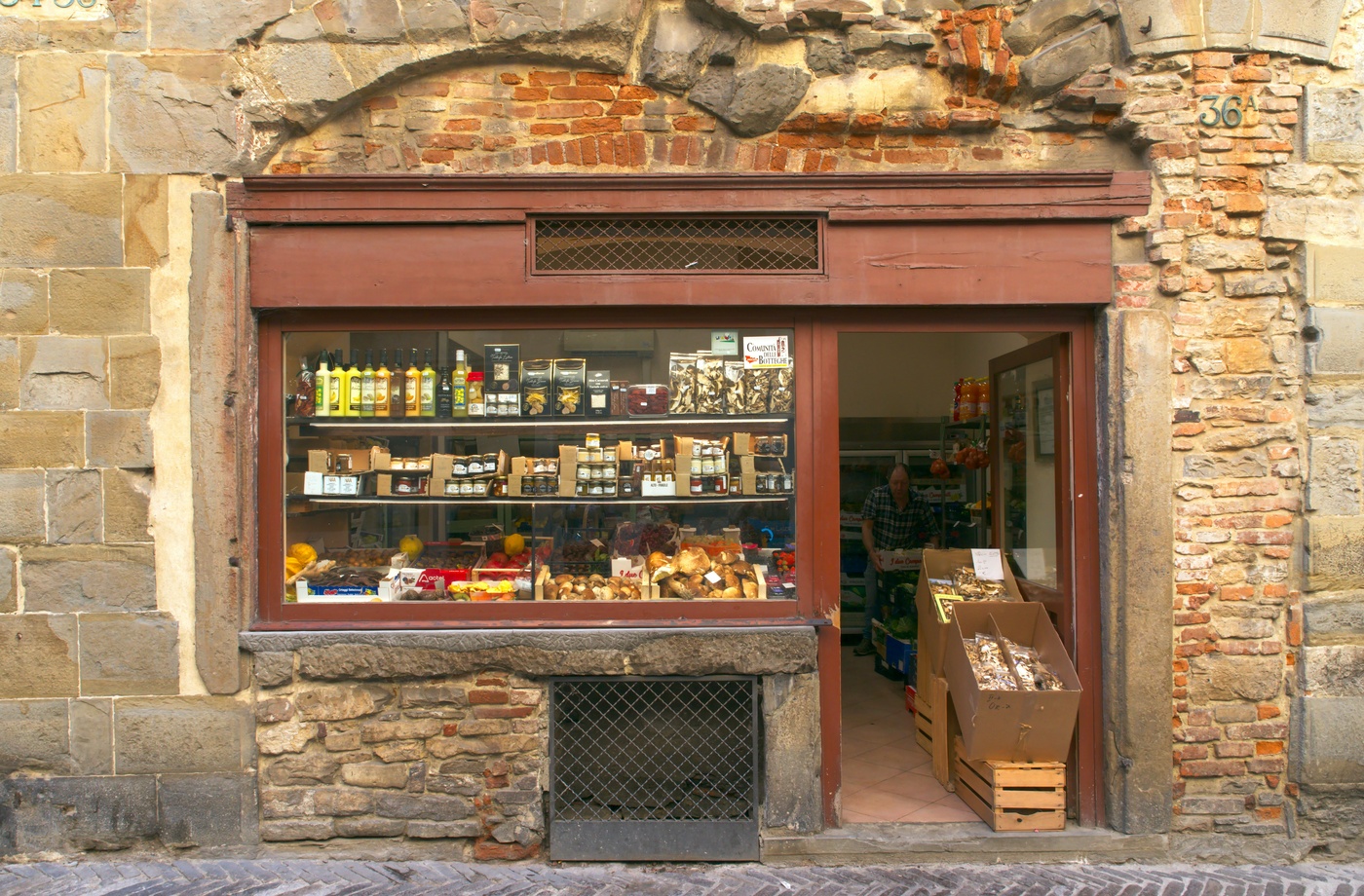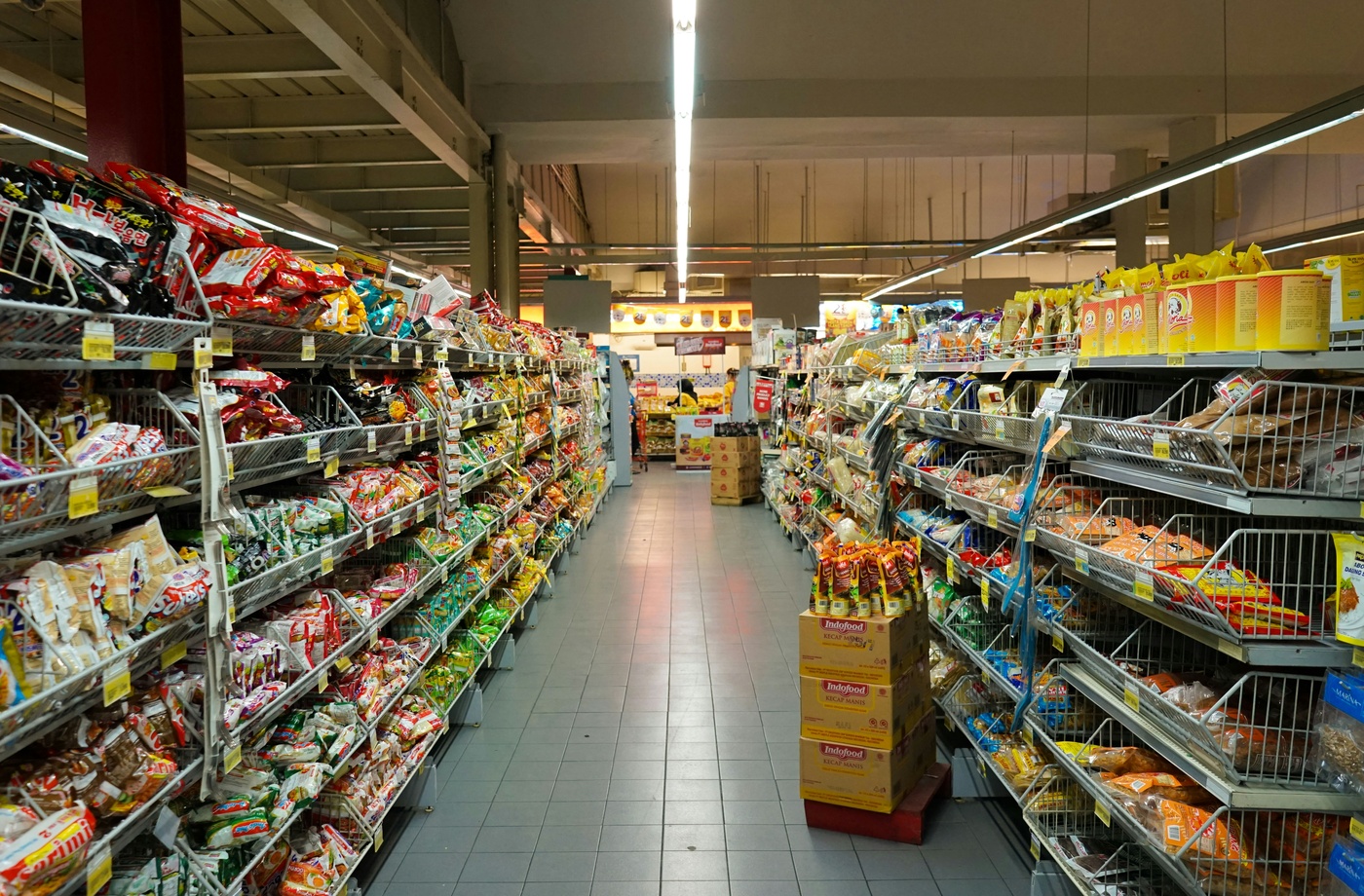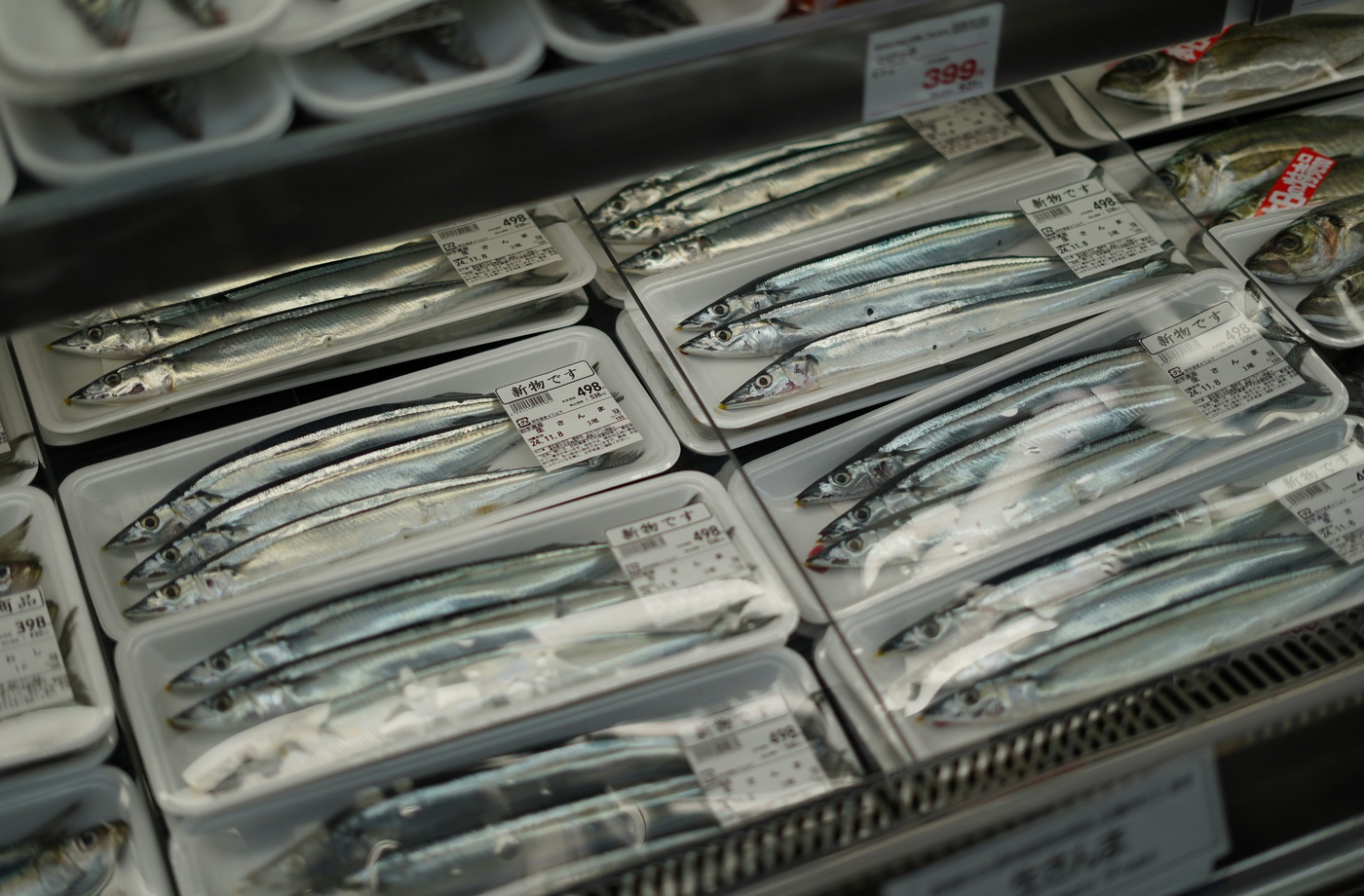Why Stores Are Designed to Make You Spend
Grocery store layouts aren’t accidental—they’re engineered to influence your behavior and maximize spending. Understanding these tactics can help you shop with more intention and avoid falling into common spending traps.
Essentials Are at the Back for a Reason
Staples like milk, eggs, and bread are typically placed at the far end of the store. This forces you to walk past dozens of tempting items along the way, increasing the chance of impulse purchases. To counter this, stick to your list and consider taking a beeline path straight to what you need.
The Right Side Draws the Most Traffic
Studies show that most shoppers instinctively turn right after entering a store. That’s why high-margin items and promotional displays are often located along the right-side perimeter. Being aware of this helps you shop more deliberately and resist unnecessary splurges.
Endcaps Trigger Impulse Buys
Endcaps—the displays at the end of aisles—are prime real estate for promotions. While some do feature real deals, many are simply attention-grabbing setups with minimal or no discount. Always check the unit price and compare before grabbing something off an endcap.
Music and Lighting Set the Mood
Ever notice the soft music and warm lighting? That’s not just ambiance—it’s a strategy to make you feel relaxed and linger longer. More time in-store typically leads to more spending. A focused list and a set shopping time can keep you from meandering into over-budget territory.
Fresh Produce at the Entrance
Bright colors and fresh scents from produce sections create a psychological sense of health and freshness. Starting with these “healthy” items makes shoppers feel better about adding indulgent or unnecessary items later. Recognize the tactic and shop your list first.
Sample Stations Increase Appetite and Purchases
Sampling stations not only trigger hunger but also lower your resistance to buying what you taste. While not inherently bad, this tactic can lead to unplanned purchases. If you’re prone to buying after sampling, try shopping after a meal to minimize the effect.
Loyalty Programs and Personalized Deals
Stores use purchase data from loyalty programs to curate coupons and product suggestions. These personalized deals can be helpful—but they also subtly encourage more spending. Stick to offers that align with your planned purchases rather than being swayed by every promotion sent your way.
Guarding Against Layout Traps
The more you know about layout psychology, the better you can protect your budget. Shop with a list, avoid shopping when hungry, and try limiting your browsing time. If possible, explore grocery pickup options to bypass the in-store experience entirely.



